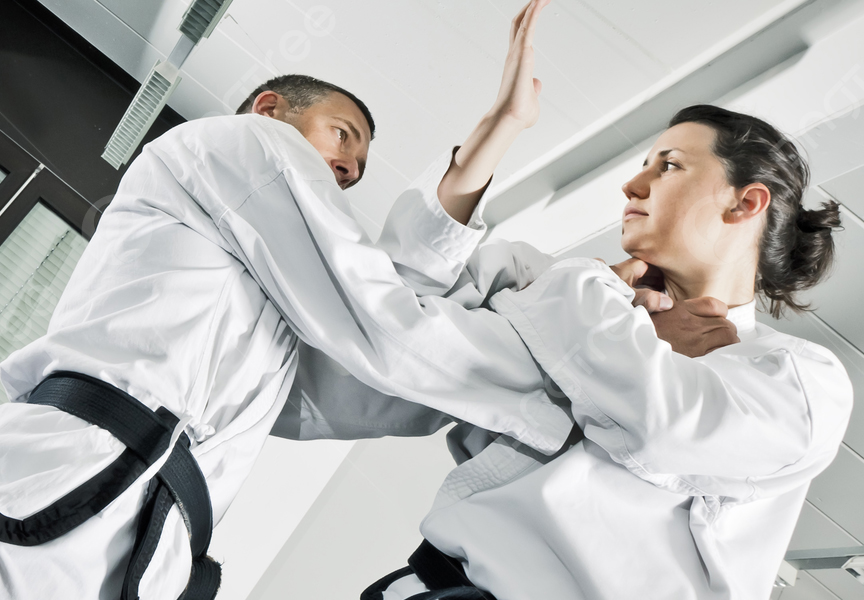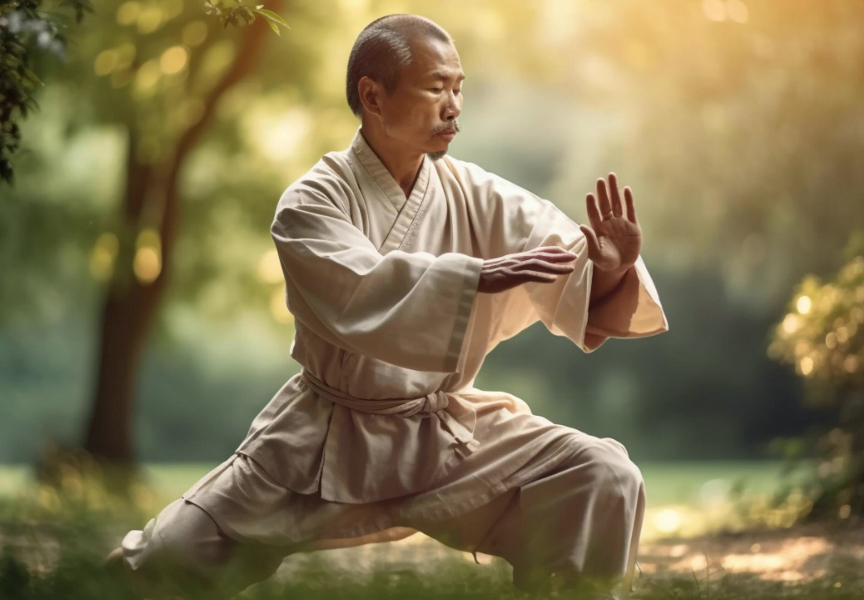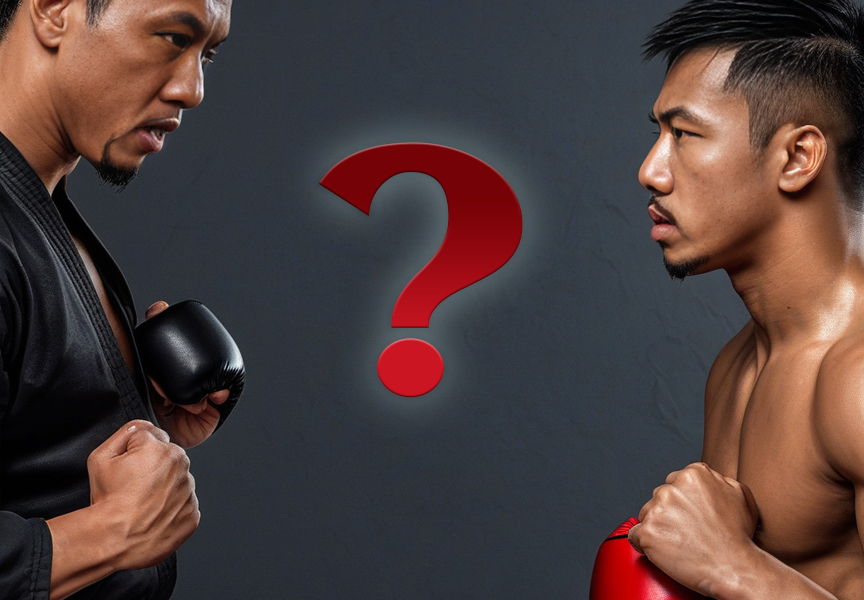Random Free Articles
- Understanding Qi

The Vital Life Force in Traditional Chinese Medicine In the realm of traditional Chinese medicine, few concepts are as central and enigmatic as "Qi" [Chin.: Qì 气]. Pronounced as "chee," this ancient notion has captivated the minds of scholars and practitioners for centuries. Qi is often described as the vital life force or energy that flows through the human body, as well as through all living things and the universe…
- Apprenticeship Ceremony in Kung Fu

The Sacred Rite of Becoming a Disciple In the rich tapestry of Kung Fu traditions, the Bai Shi ceremony [Chin.: Bàishī yíshì 拜师仪式] holds a place of profound significance. Bai Shi, translated as paying respects to the master, is a sacred ritual that marks the formal initiation of a student into the family or tradition of a Kung Fu master. For martial artists, this ceremony is more than just a symbolic act—it is a pivotal moment in…
- Embracing Feminine Leadership

Following and Accepting a Woman as Our Martial Arts Master In the traditionally male-dominated realm of martial arts, the image of a wise and revered master is often conjured as that of a stern-faced, elderly man imparting his ancient wisdom to a sea of eager disciples. However, as societal norms continue to evolve, so too does our perception of leadership within martial arts. It's time to challenge the status quo and explore the profound…
- Lack of Martial Arts Masters

In the golden era of martial arts, masters were revered figures, embodying not just physical prowess but a deep understanding of philosophy, discipline, and tradition. However, as we advance into the 21st century, the number of genuine martial arts masters seems to be dwindling. What could be contributing to this decline? Commercialization of Martial Arts One of the most significant factors is the commercialization of martial arts. With the…
- Martial Arts Aren’t for Everyone

True or Myth? Martial arts have long been a symbol of discipline, physical prowess, and spiritual growth. From the cinematic grace of Bruce Lee’s movements to the philosophical teachings of ancient masters, martial arts have captivated people worldwide. But the question remains: are martial arts truly for everyone, or is this idea a myth perpetuated by its enthusiasts? Let’s explore this thought-provoking topic by examining the physical,…
